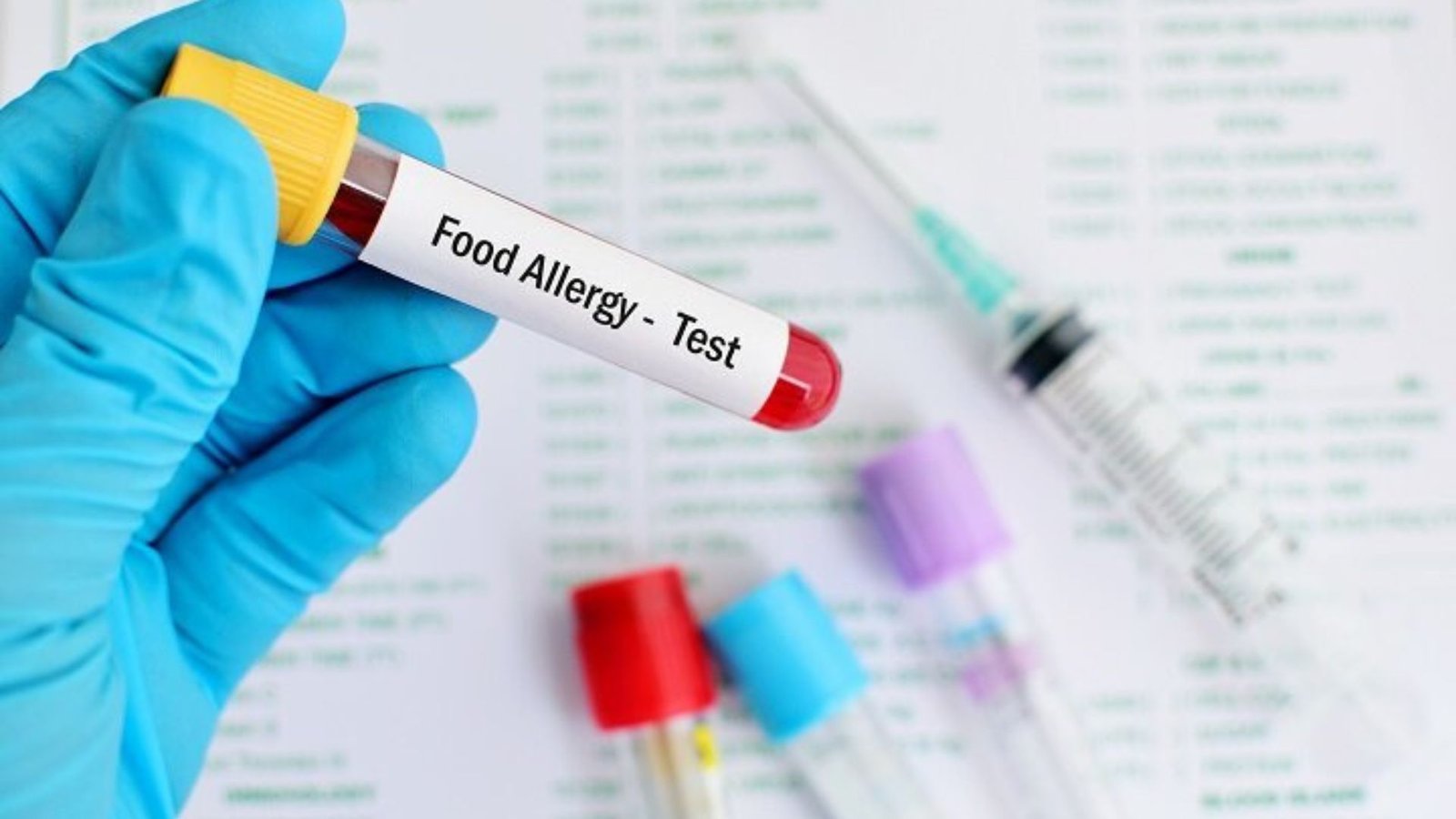Food allergies are becoming increasingly prevalent, and understanding the most common food allergens is essential for maintaining your health and well-being. Whether you’re cooking at home or dining out, knowing which foods are more likely to trigger an allergic reaction can help you avoid potentially life-threatening situations.
Here’s a list of the top 8 most common food allergens you should be aware of:
1. Peanuts
Peanuts are one of the most well-known and dangerous allergens. While peanuts are technically legumes, they are often grouped with tree nuts due to similar allergic reactions. Even a small amount of peanut exposure can cause severe reactions in sensitive individuals, including anaphylaxis.
- Symptoms: Swelling, hives, trouble breathing, and digestive distress.
- Avoidance: Peanuts are found in many processed foods, snacks, and even cosmetics. Always check ingredient labels carefully, especially for peanut butter and peanut oil.
Tip: Carry an epinephrine auto-injector if you’re allergic to peanuts, as reactions can occur quickly.
2. Tree Nuts
Tree nuts include a variety of nuts such as almonds, walnuts, cashews, pistachios, and hazelnuts. While not as widely publicized as peanut allergies, tree nut allergies are just as serious and can cause severe reactions, including anaphylaxis.
- Symptoms: Skin reactions, shortness of breath, swelling, and digestive issues.
- Avoidance: Be cautious of mixed nuts, nut butters, and products labeled as “nut-free” that may have cross-contamination risks.
Tip: If you have a tree nut allergy, always inquire about the manufacturing process to avoid cross-contamination.
3. Milk (Dairy)
Milk allergies, particularly to cow’s milk, are especially common in young children, but some adults may also be affected. A milk allergy is distinct from lactose intolerance, as it involves the immune system reacting to proteins in milk, such as casein and whey.
- Symptoms: Rash, vomiting, abdominal pain, and severe anaphylaxis in extreme cases.
- Avoidance: Avoid milk, cheese, butter, and cream. Many dairy-free alternatives are available, such as almond milk, soy milk, and coconut milk.
Tip: Be aware of hidden dairy ingredients like casein and whey in processed foods and restaurant dishes.
4. Eggs
Egg allergies are another common food allergen, particularly among children. They are typically triggered by proteins in egg whites, but some people are allergic to both the whites and the yolks.
- Symptoms: Hives, stomach pain, respiratory issues, and, in severe cases, anaphylaxis.
- Avoidance: Eggs are found in many foods, including baked goods, mayonnaise, and certain salad dressings. Make sure to ask about egg-based ingredients when dining out.
Tip: Many recipes can be modified by using egg substitutes like applesauce, flaxseeds, or egg replacers in baking.

5. Wheat (Gluten)
A wheat allergy is different from celiac disease or gluten sensitivity, though both involve issues with wheat. People with a wheat allergy can have reactions to proteins found in wheat, including gluten.
- Symptoms: Skin rashes, swelling, abdominal discomfort, and anaphylaxis.
- Avoidance: Wheat is found in many foods, including bread, pasta, and baked goods. Gluten-free alternatives such as rice, corn, and quinoa can be used as substitutes.
Tip: Be cautious of foods labeled as “gluten-free,” as some may still contain traces of wheat due to cross-contact.
6. Soy
Soy is a common allergen found in many processed foods and is often included in vegetarian and vegan diets as a source of protein. Soy allergies can occur in both children and adults and can sometimes be outgrown.
- Symptoms: Swelling, hives, gastrointestinal distress, and breathing difficulties.
- Avoidance: Soy is commonly found in tofu, tempeh, soy milk, and processed foods like soy sauce and vegetable oil. Always check labels to ensure the product is soy-free.
Tip: Soy is a common ingredient in Asian cuisine, so it’s important to clarify its presence when dining out.
7. Fish
Fish allergies can cause severe reactions and are more common in adults than in children. Fish allergens typically include finned fish like salmon, tuna, and halibut. Shellfish, while a separate category, also shares similar symptoms.
- Symptoms: Anaphylaxis, hives, stomach cramps, and swelling.
- Avoidance: Fish can appear in sushi, soups, and processed foods. Be cautious when ordering at restaurants that specialize in seafood.
Tip: Cross-contamination is a concern in restaurants, so make sure to inform the staff about your fish allergy.
8. Shellfish
Shellfish allergies affect many people and include both crustaceans (shrimp, lobster, crab) and mollusks (clams, oysters, squid). This allergy is often lifelong and can cause severe reactions.
- Symptoms: Anaphylaxis, skin rashes, swelling, and digestive issues.
- Avoidance: Shellfish is commonly found in seafood dishes, sauces, and processed foods. Be particularly cautious when dining at seafood restaurants.
Tip: Shellfish allergies can often be triggered by even trace amounts, so it’s essential to communicate your allergy to the restaurant staff and ensure separate cooking equipment.
Conclusion: Managing Food Allergies
Understanding the top 8 food allergens is crucial for anyone with food allergies. Whether you’re managing your own allergies or taking precautions for others, awareness, preparation, and vigilance are key to preventing allergic reactions. Always check ingredient labels, communicate with restaurant staff, and carry emergency medication if necessary.
Being informed about these common allergens will help you make better decisions about what to eat and how to avoid exposure, ensuring a safer dining experience for everyone.











